Spectacular images of space phenomena snapped by amateur astrophotographer
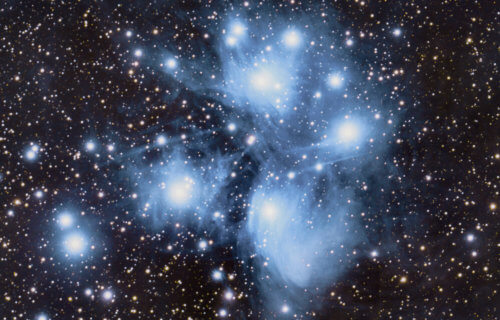
SCOTLAND — Fascinating space research can be achieved right in your own backyard no matter how well-versed you are in astronomy. All you need is a stellar telescope to catch a light show like no other to learn about what lies outside our planet. One space fan in Scotland captured jaw-dropping visions of the galaxy – all from the comfort of his back garden.
Bryan Shaw, 28, spends hours tracking the night sky to produce stunning images of nebulas and star clusters many light years away. He sets up his specialized telescope at his home in New Cumnock, a town in East Ayrshire, and focuses on his far-off subjects.
The Broadcast Production student has also captured beautiful landscape images featuring aurora and views of the Milky Way. Highlights of his work include the Orion Nebula, around 1,344 light years from Earth; and the Rosette Nebula, an open star cluster with rose-like cosmic clouds of gas and dust.
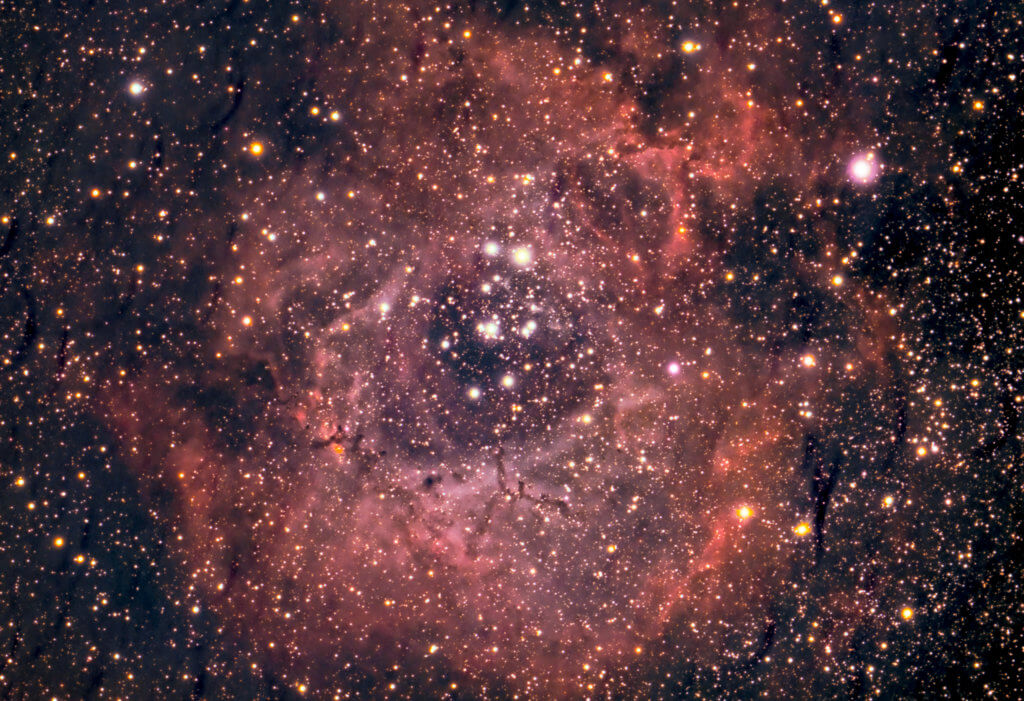
Along with star watching, Bryan juggles his time at the University of the West of Scotland.
“I’ve been fascinated by the stars from a young age. I’ve never had the ability or skills to actually deep dive into them myself until recently, which has really kicked my passions for photography and more advanced techniques into overdrive,” he tells South West News Service. “With my equipment I can shoot from anywhere; it’s fully portable and I have filters which allows me to shoot through variant extents of light pollution. A lot of these specific images were all shot from within my garden.”
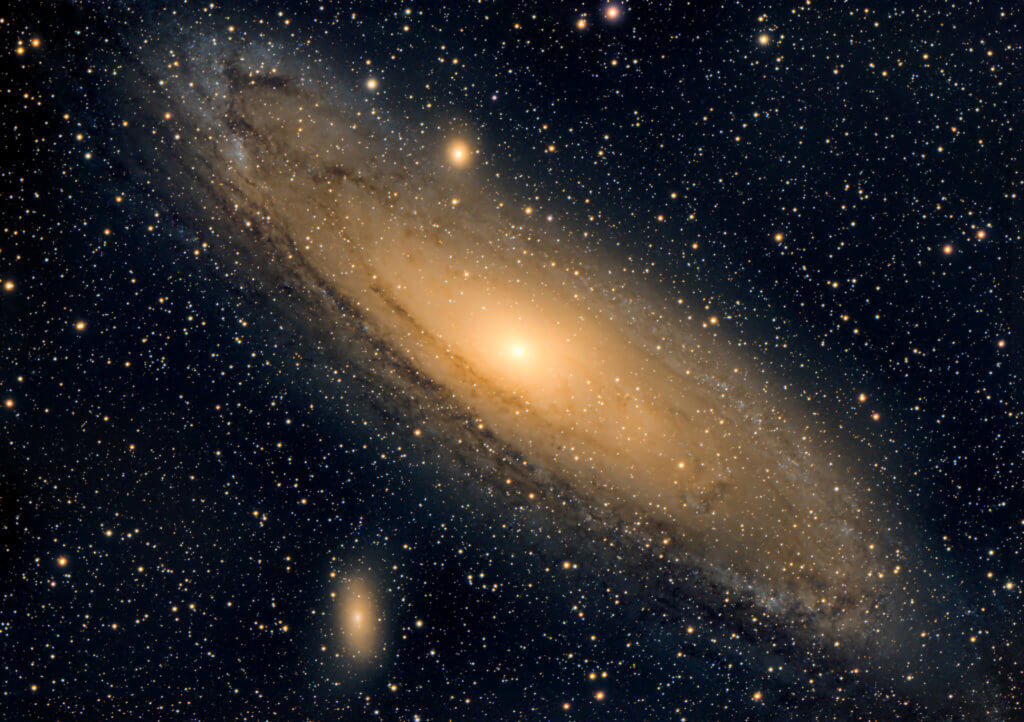
“I capture the images through my telescope, which has been upgraded to include special equipment such as dedicated astronomy cameras, focusers, field flatteners and filter drawers attached to a big heavy computerized mount to help with accurate and precise tracking of the night sky for long exposure images,” he continues.
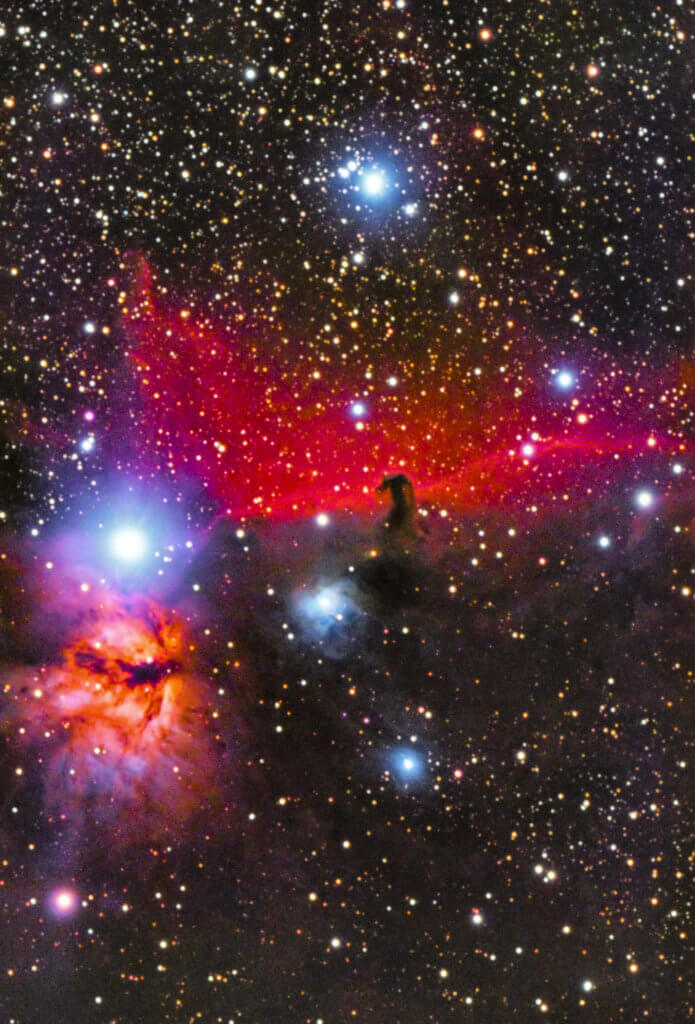
“In order for one of these images, the most necessary thing is a way to track the night sky precisely and accurately. You have to take various amounts of images, which are sometimes up to 600 seconds, which if not accurately tracked are just blurs of light,” says Shaw. “From there, I stack all the images from that target with calibration images, which are also shot at the same time to repair any vignetting or lens defects, to help bring out the details that are impossible to see by the naked eye.
“I then finally bring the photo to life with tweaks in various editing software to show the colors and details.”
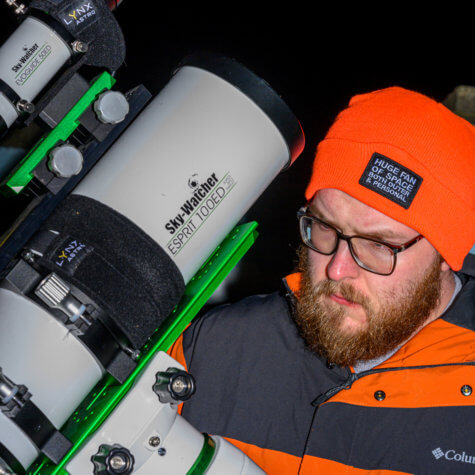
“The most recent images and skillsets are being put to use for my final project for University, which is an astrophotography project in a multi-platform structure for various visual and social platforms,” he adds.
Continue scrolling down below to see more of Shaw’s spectacular photographs. Click to enlarge them.
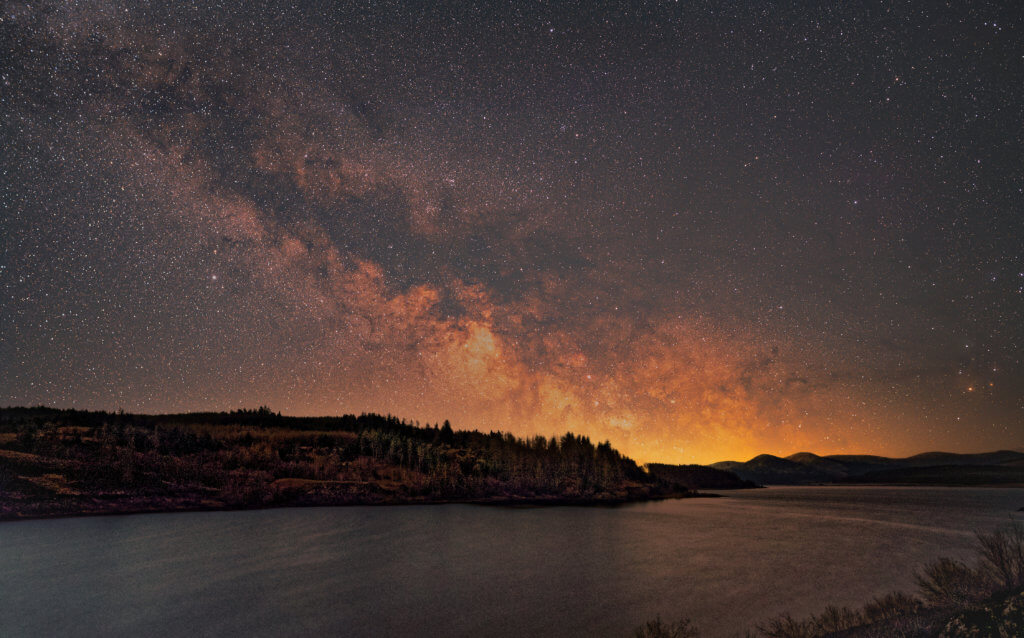
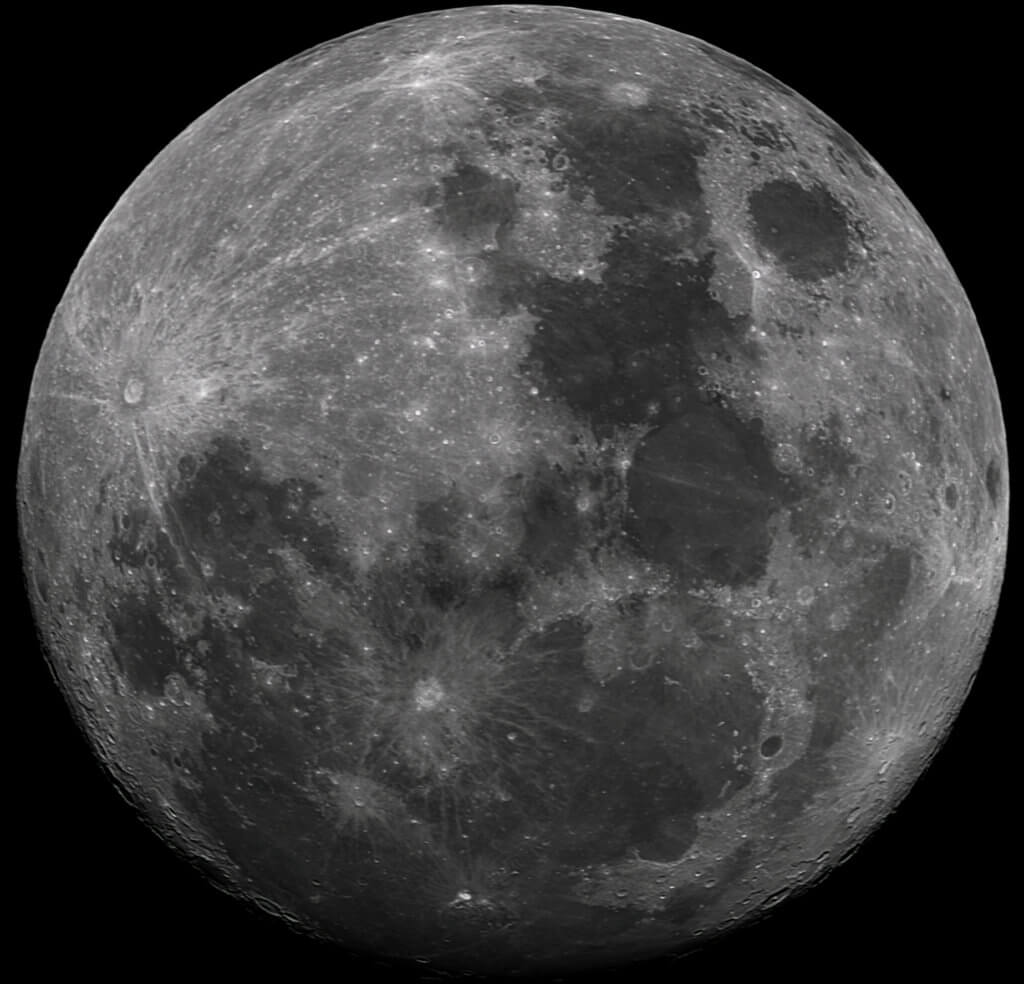
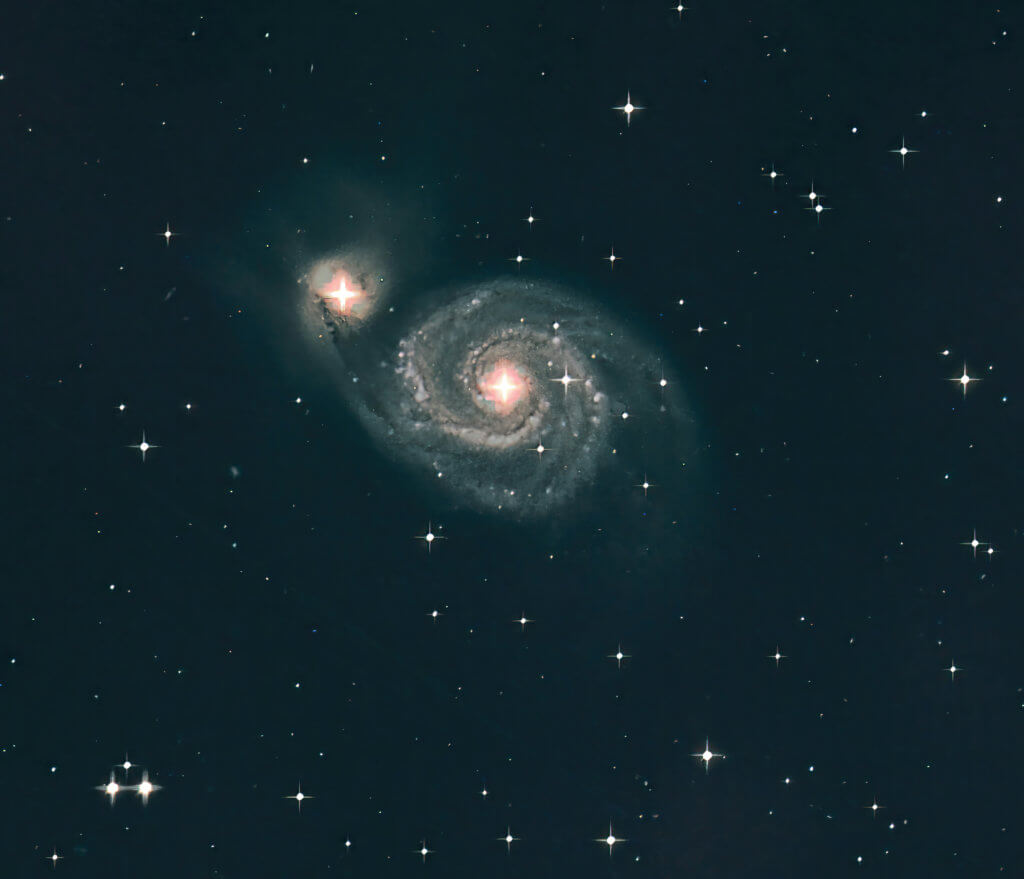

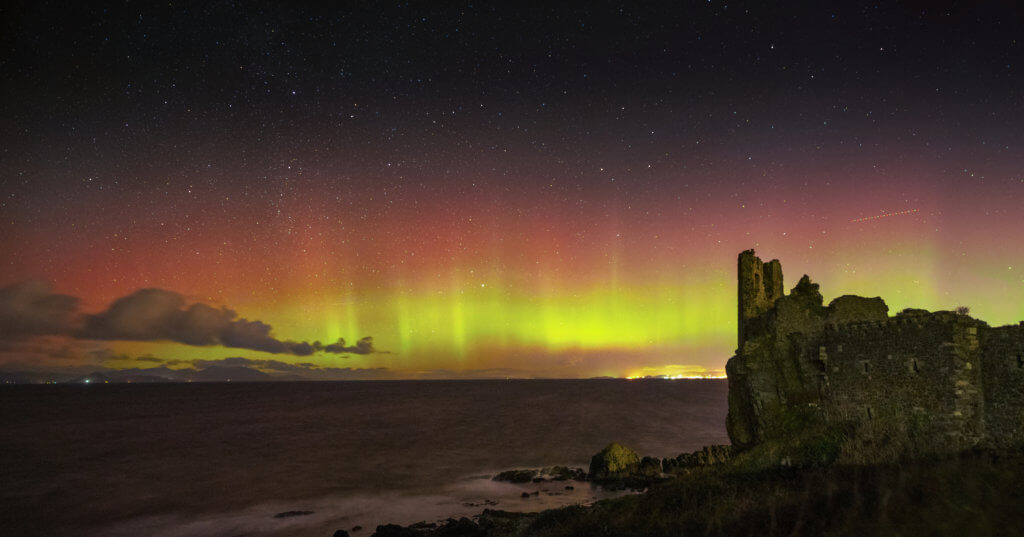
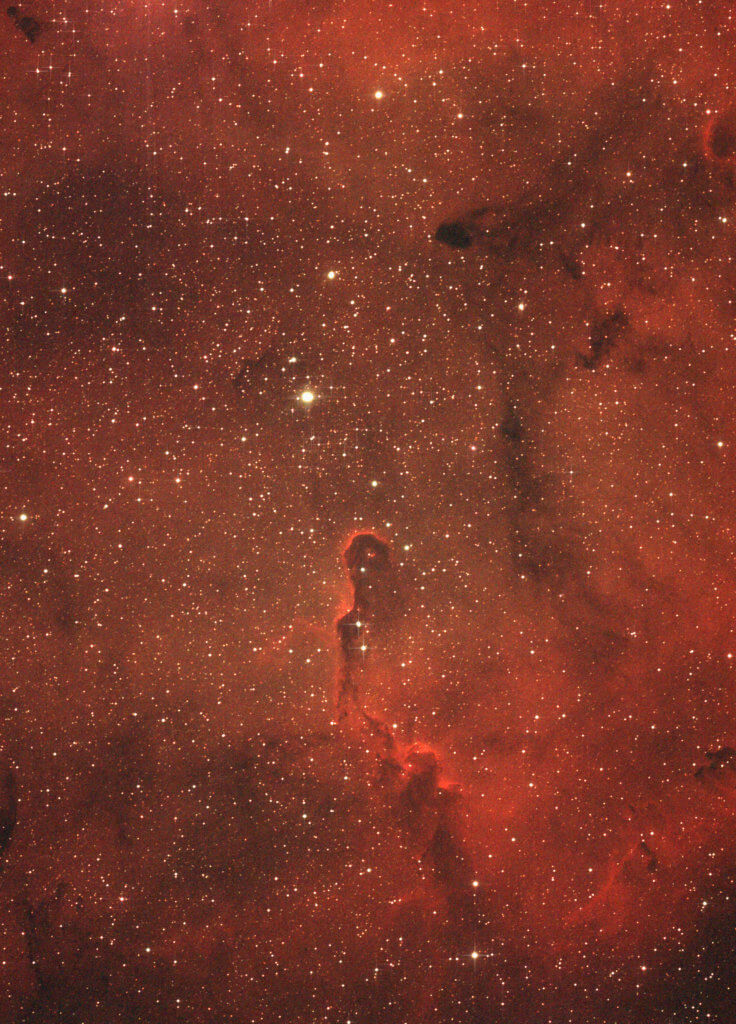
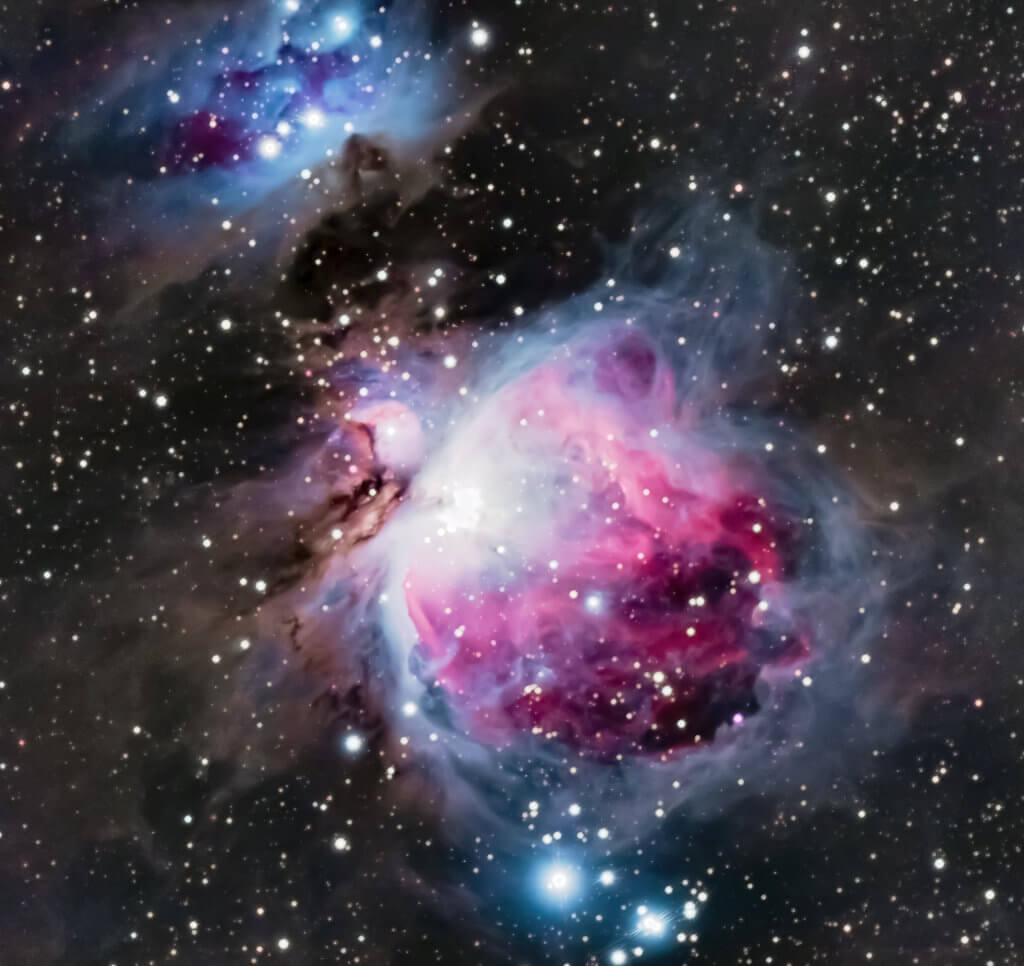
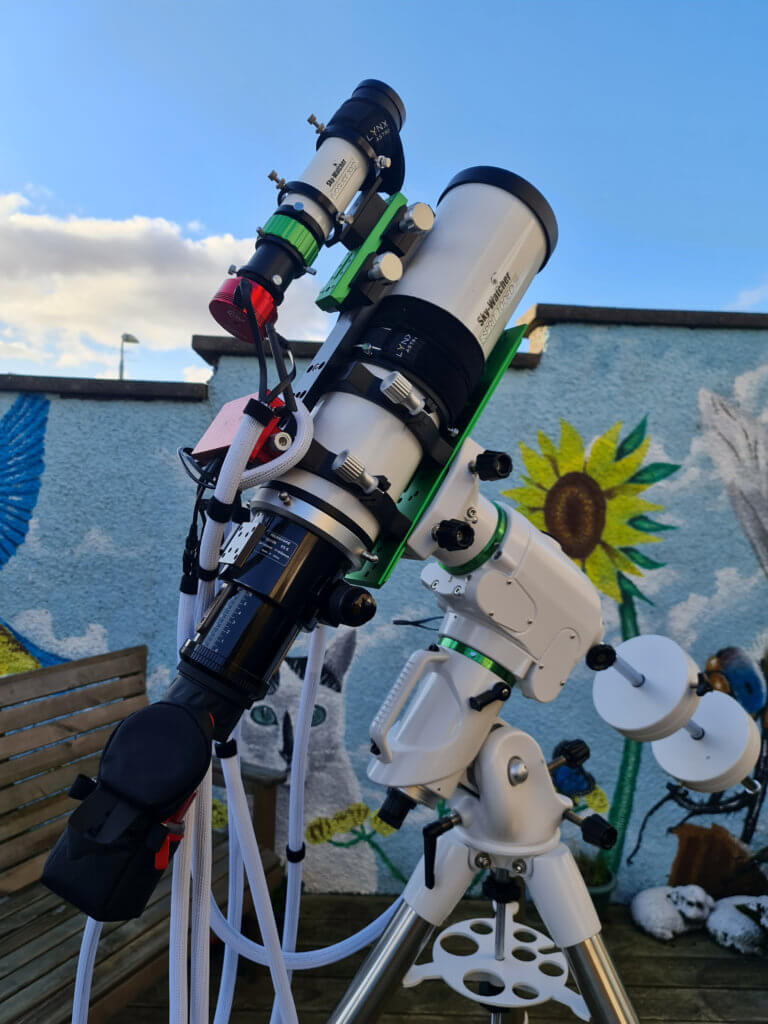
No comments:
Post a Comment